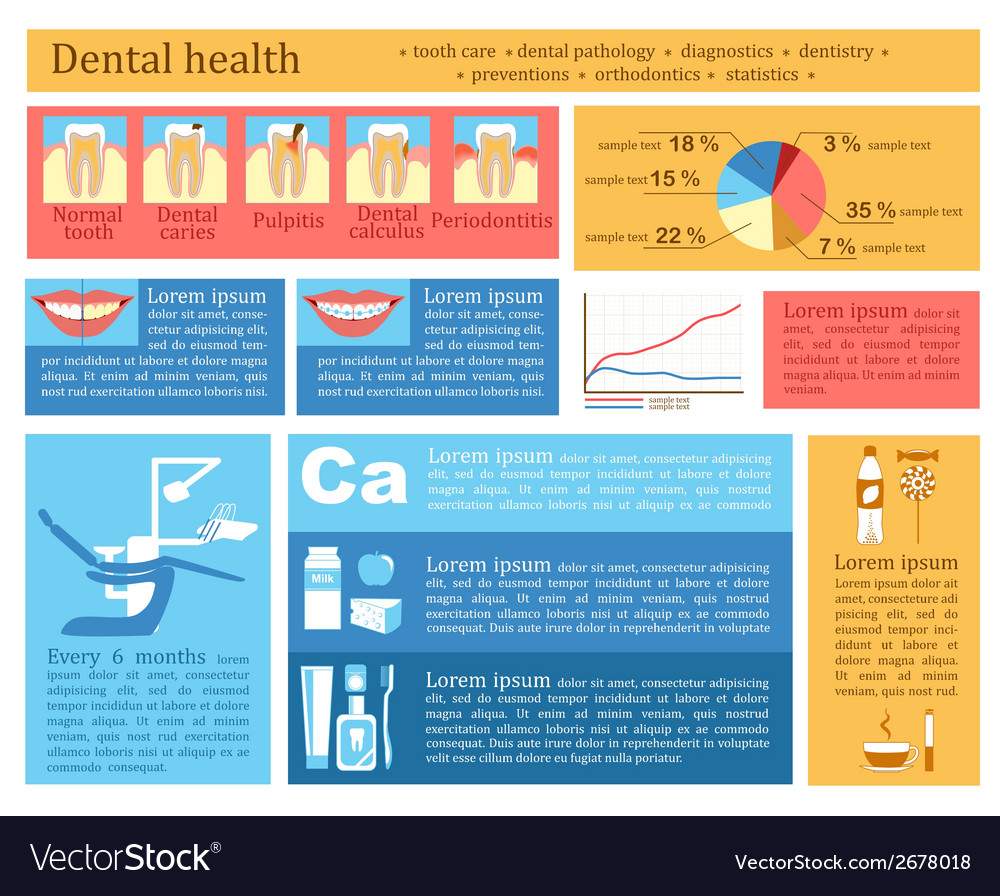Contrasting Invisalign And Conventional Dental Braces: An In-Depth Examination
Contrasting Invisalign And Conventional Dental Braces: An In-Depth Examination
Blog Article
Material Writer-Bekker Trevino
When faced with the decision between Invisalign and standard braces, you may ask yourself which alternative lines up far better with your way of life and preferences. The selection includes more than simply the visual allure; it delves into factors like treatment duration, comfort, and lasting oral health impacts. Take into have a peek here might have on your day-to-day regimen and self-confidence. As we explore the detailed contrast, you'll obtain insights right into the subtleties that make these orthodontic treatments unique and find which one might be the far better fit for you.
Materials and Construction
When comparing Invisalign to traditional braces, the products and construction differ substantially. Invisalign consists of clear, smooth plastic aligners custom-made to fit your teeth. These aligners are essentially unseen, making them a popular selection for those seeking an extra very discreet orthodontic treatment.
On the other hand, traditional braces include steel braces that are glued to your teeth. These brackets are after that attached by cables and rubber bands, applying stress to progressively shift your teeth into the preferred placement.
The construction of Invisalign aligners enables a more comfortable fit contrasted to typical braces. The smooth plastic product reduces inflammation to your cheeks and gum tissues, which is a common problem with steel brackets and cords. Furthermore, Invisalign aligners are removable, making it easier to brush and floss your teeth with no blockages.
In contrast, typical braces are taken care of onto your teeth, requiring extra care and time for appropriate upkeep.
Maintenance and Oral Health
The maintenance and oral hygiene methods differ in between Invisalign and standard dental braces due to their special design and building.
With dentist near me braces , you can get rid of the aligners when consuming or brushing your teeth, allowing you to keep your routine oral hygiene routine without any obstructions. It's important to clean your teeth after eating before putting the aligners back on stop food fragments from obtaining entraped and triggering degeneration.
On the other hand, conventional braces need added focus to maintain your teeth tidy. Food fragments can easily get stuck in the braces and wires, leading to plaque buildup and possible dental cavity. You'll require to utilize special tools like interdental brushes or floss threaders to clean in between the wires and braces efficiently.
Routine dental exams and cleanings are necessary to ensure that your oral health remains in top condition while using traditional braces.
Visibility and Appearance
Visibility and aesthetic appeals play a substantial duty in the comparison between Invisalign and typical dental braces. When it involves appearance, Invisalign uses a clear benefit over standard dental braces. Invisalign aligners are basically unseen, making them a prominent choice for those that choose a much more discreet orthodontic treatment option.
Unlike the obvious steel brackets and cords of standard dental braces, Invisalign aligners are clear and blend in with your all-natural teeth, enabling you to smile confidently throughout your therapy.
Standard dental braces, on the other hand, are much more noticeable because of their steel components. While some might choose vivid bands to individualize their dental braces, others may really feel uneasy about the exposure of these orthodontic home appliances. The prominent look of typical dental braces can often affect an individual's self-confidence, specifically for adults in specialist settings.
Verdict
Finally, when choosing between Invisalign and traditional braces, consider your way of life and choices. Invisalign provides a discreet and comfy choice with easy maintenance, while standard braces supply vivid customization yet may affect self-confidence.
Inevitably, the decision must be based upon what works best for you in terms of aesthetics, ease, and comfort. Make certain to seek advice from your orthodontist to establish one of the most suitable treatment for your private needs.
